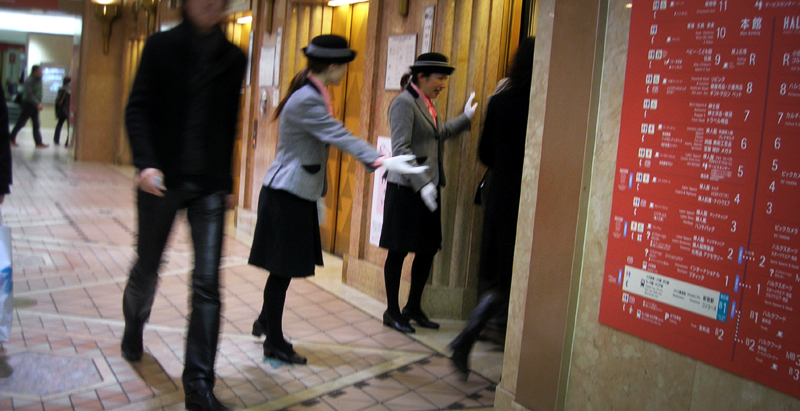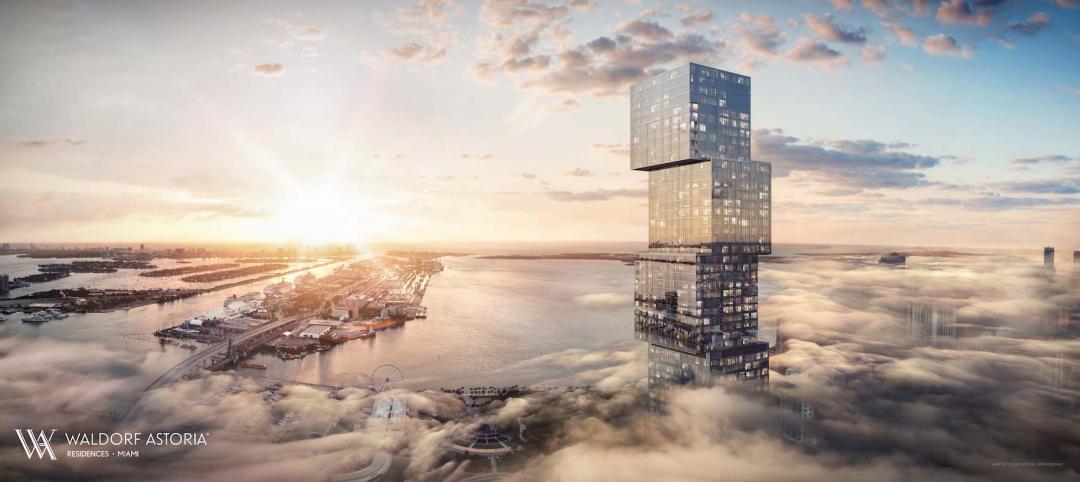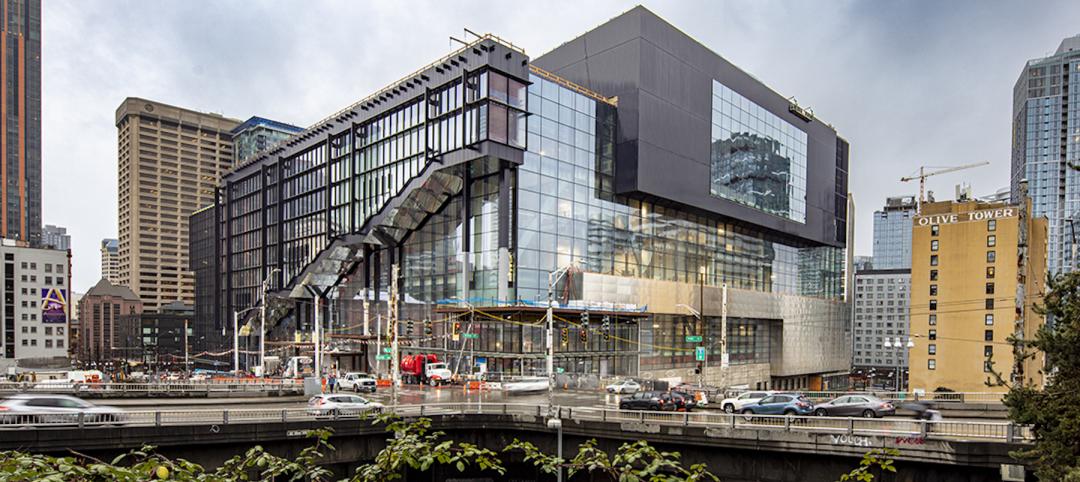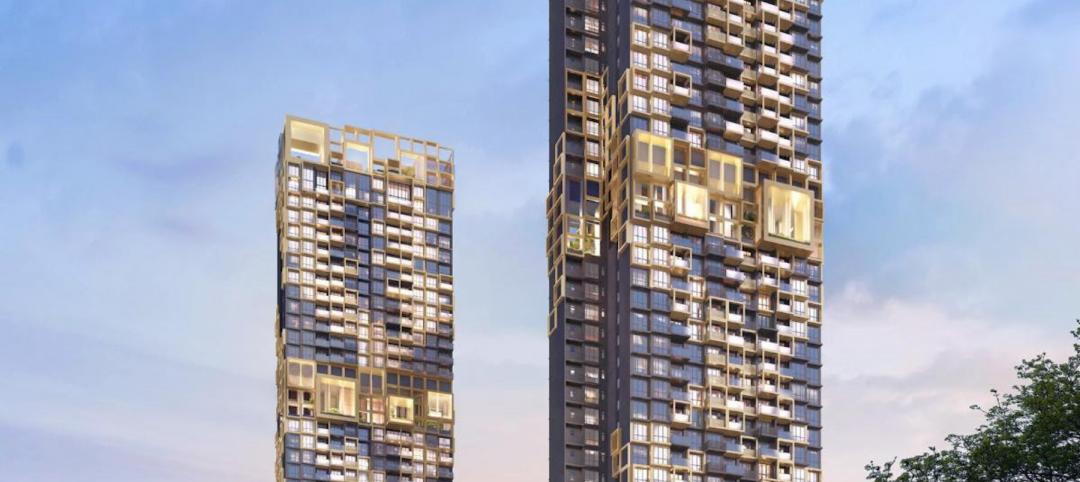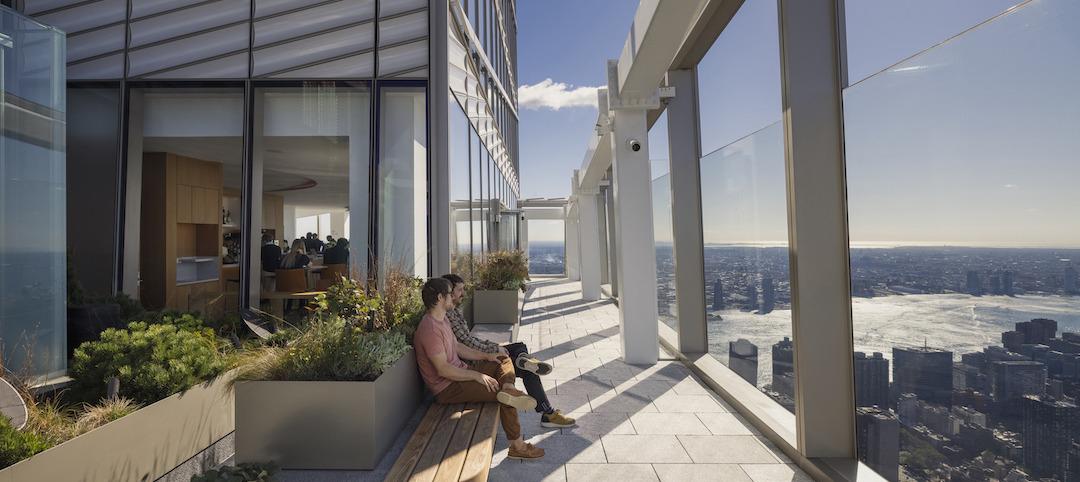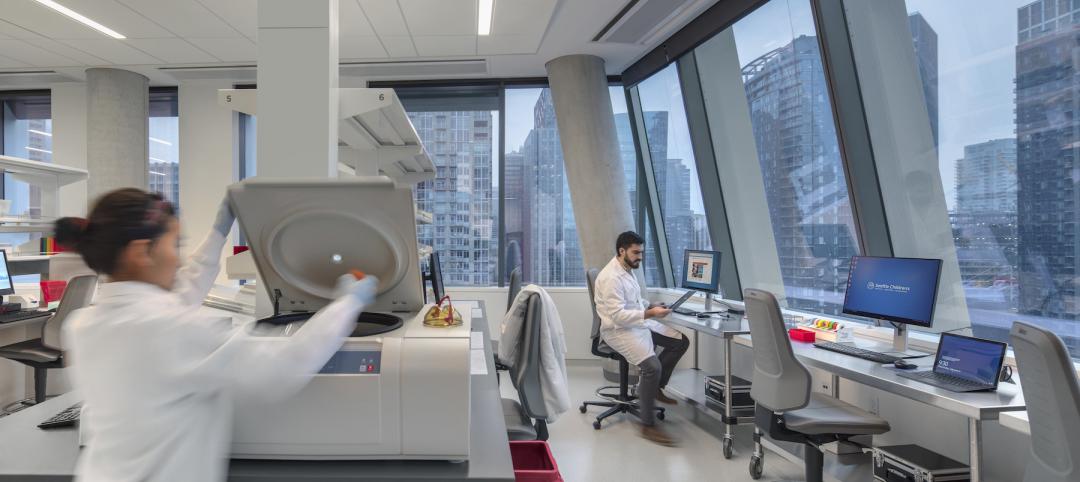Around 20% of the world’s earthquakes of magnitude six or greater occur in Japan. When the ground shakes, elevators tend to stop, and it can take hours until passengers can be rescued.
Mental Floss reports that policymakers in Japan are considering a new building code that would mandate plumbing and running water in every elevator. According to The Australian, the Japanese government estimates that up to 17,000 people will be stranded in elevators in Tokyo alone when “The Big One” strikes, referring to a huge quake seismologists are almost certain will hit Japan within the coming decades.
Currently, many Japanese high rises have included emergency boxes with bottled water and blankets in elevators, with the boxes doubling as makeshift chamber pots.
The building code’s discussion was first reported by The Japan Times, which says that the discussion was spurred by a magnitutde-8.1 earthquake that struck off the coast of Japan on May 30.
“The earthquake caused about 19,000 elevators to stop in the capital and neighboring prefectures,” the article says. “People were trapped temporarily in 14 elevators and it took 70 minutes to rescue them in one case, ministry and industry officials said.” No deaths were reported from the earthquake.
Related Stories
Building Team | May 11, 2022
Miami to get its first supertall building
After completing its first supertall building, 111 W 57th Street in New York, developer PMG is now preparing for the groundbreaking of the first supertall in Miami: Waldorf Astoria Miami.
High-rise Construction | Apr 14, 2022
Seattle’s high-rise convention center nears completion
The new Washington State Convention Center Summit Building—billed as the first high-rise convention center in North America—is on track to complete most of its construction later this year.
Multifamily Housing | Apr 7, 2022
Ken Soble Tower becomes world’s largest residential Passive House retrofit
The project team for the 18-story high-rise for seniors slashed the building’s greenhouse gas emissions by 94 percent and its heating energy demand by 91 percent.
Multifamily Housing | Mar 28, 2022
Singapore’s new Irwell Hill residences will be built around heritage rain trees
The recently unveiled design of Irwell Hill, twin 36-story residence towers, calls for the development to be situated among copious greenery including preserved heritage rain trees.
Legislation | Mar 28, 2022
LEED Platinum office tower faces millions in fines due to New York’s Local Law 97
One Bryant Park, also known as the Bank of America Tower, in Manhattan faces an estimated $2.4 million in annual fines when New York City’s York’s Local Law 97 goes into effect.
Multifamily Housing | Mar 15, 2022
A 42-story tower envelops residents in Vancouver’s natural beauty
The city of Vancouver is world-renowned for the stunning nature that surrounds it: water, beaches, mountains. A 42-story tower, Fifteen Fifteen, will envelop residents in that natural beauty.
Projects | Mar 11, 2022
Studying science in the sky
In sharp contrast to other types of commercial real estate, the life sciences market is booming, according to SGA, an architecture firm based in Boston and New York that has extensive experience designing life sciences buildings.
Urban Planning | Nov 11, 2021
Reimagining the concrete and steel jungle, SOM sees buildings that absorb more carbon than they emit
The firm presented its case for a cleaner built environment during the Climate Change conference in Scotland.
High-rise Construction | Nov 2, 2021
SUMMIT One Vanderbilt completes in NYC
Snøhetta designed the project.
Laboratories | Aug 30, 2021
Science in the sky: Designing high-rise research labs
Recognizing the inherent socioeconomic and environmental benefits of high-density design, research corporations have boldly embraced high-rise research labs.


